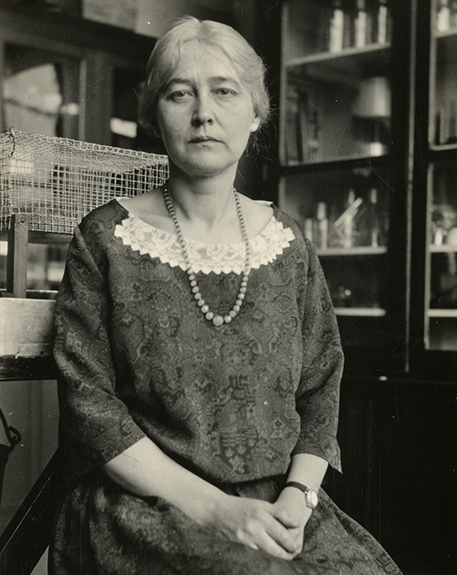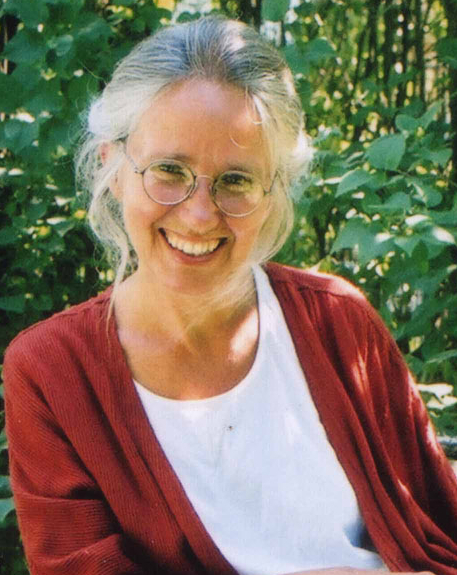2000 INDUCTEE Jack Hirsh, MD Blood
January 7, 1935
(Melbourne, Australia )
MD, University of Melbourne (1962)
2000: International Gairdner Research Award
1999: Member of the Order of Canada
See All AwardsAwards & Honours:
2000: International Gairdner Research Award
1999: Member of the Order of Canada
Fellow of the Royal Society of Canada
Trillium Award of Ontario
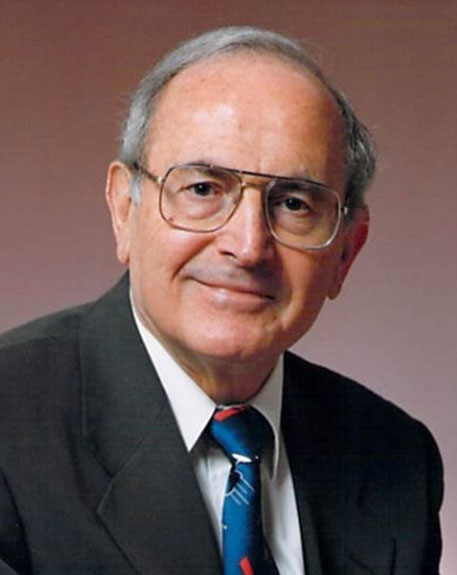
Revolutionized the diagnosis and management of clotting disorders
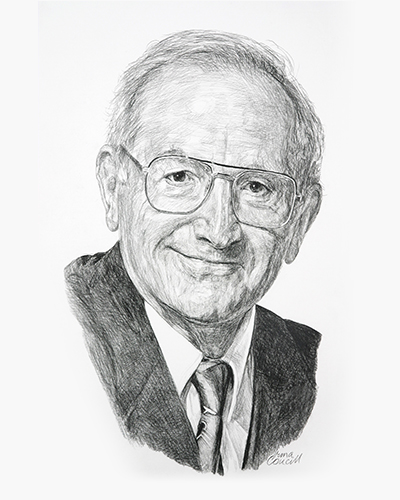
A pioneer in thromboembolic disorders
Dr. Hirsh has combined an active laboratory search for new and more effective anti-clotting drugs (low molecular-weight heparins, LMWH) with a wide-ranging clinical study of their effectiveness. As the result of his studies, it has become possible to improve the treatment of deep-vein thrombosis, and to adjust optimally the dosage of oral anti-coagulant medications that reduce the chance of heart and stroke in persons at risk. As Director of the Hamilton Civic Hospital Research Centre at McMaster and as an active partner with several pharmaceutical firms, Dr. Hirsh established the specialty of clinical thrombosis on a firm footing, and fostered a whole generation of young researchers in the field.
Key Facts
Responsible for approximately 80% of the ways venous thrombosis is diagnosed, prevented and treated
Established the value of aspirin in the prevention of stroke
Contributed to the development of the International Normalized Ratio Standard for anticoagulants
Authored hundreds of articles
Published Thrombosis: Everything You Need to Know – an accessible guide to the condition
Professional timeline
Impact on lives today
Dr. Hirsh’s commitment to evidenced-based-medicine and his leadership in building the thrombosis program at McMaster University continues to have an important impact on patients’ lives. His discoveries led to improvements in the clinical management of thromboembolism for the estimated 45,000 patients in Canada who are affected by deep vein thrombosis today. Moreover, his research findings have resulted in benefits for patients with stroke, cardiac heart values, pregnant women, pediatric patients, and other forms of heart disease. Finally, in helping to establish Vascular Therapeutics Inc, he has facilitated the transition of bench to bedside innovation well into future.
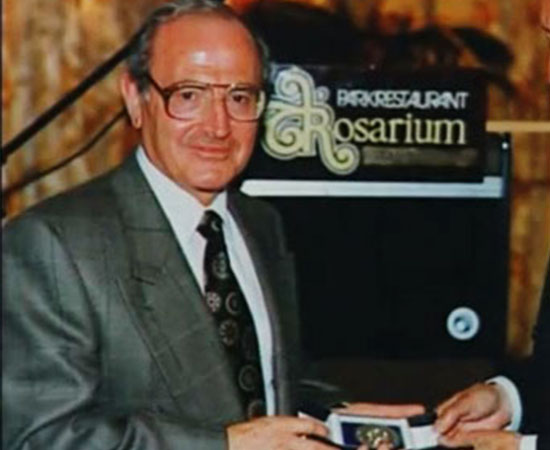
2025
-
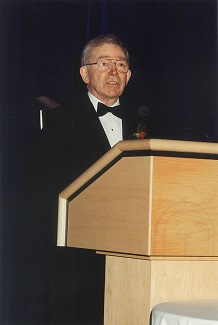
Jack Hirsh Inducted into the Canadian Medical Hall of Fame
London, Ontario
-
The Hamilton Civic Hospital Research Centre was established
Dr. Hirsh became its first director.
-
Dr. Hirsh became Vice-President of Vascular Therapeutic Inc.
Blood, Leadership in Organizational DevelopmentRemaining in the position until 2003, Hirsh played a significant role in commercializing therapeutic developments at the Hamilton Civic Hospital Research Centre.
-
Dr. Hirsh continued research on LMWH
BloodDr. Hirsh and his team ran studies that demonstrated timing of anticoagulant prophylaxis could lead to improvements in safety and patient care.
-
In another ground-breaking article, Dr. Hirsh and his team demonstrated that LMWH reduced the post-operative frequency of venous thrombosis by a margin of 70%
BloodThis discovery led to the development of the drug Lovenox, which became a billion dollar a year drug.
-
“Arteriovenous shunt thrombosis: Prevention of sulfinpyrazone” by Dr. Hirsh and his colleagues was published in the New England Journal of Medicine
BloodIn the article, they established, for the first time, that an antiplatelet drug prevented thrombosis.
-
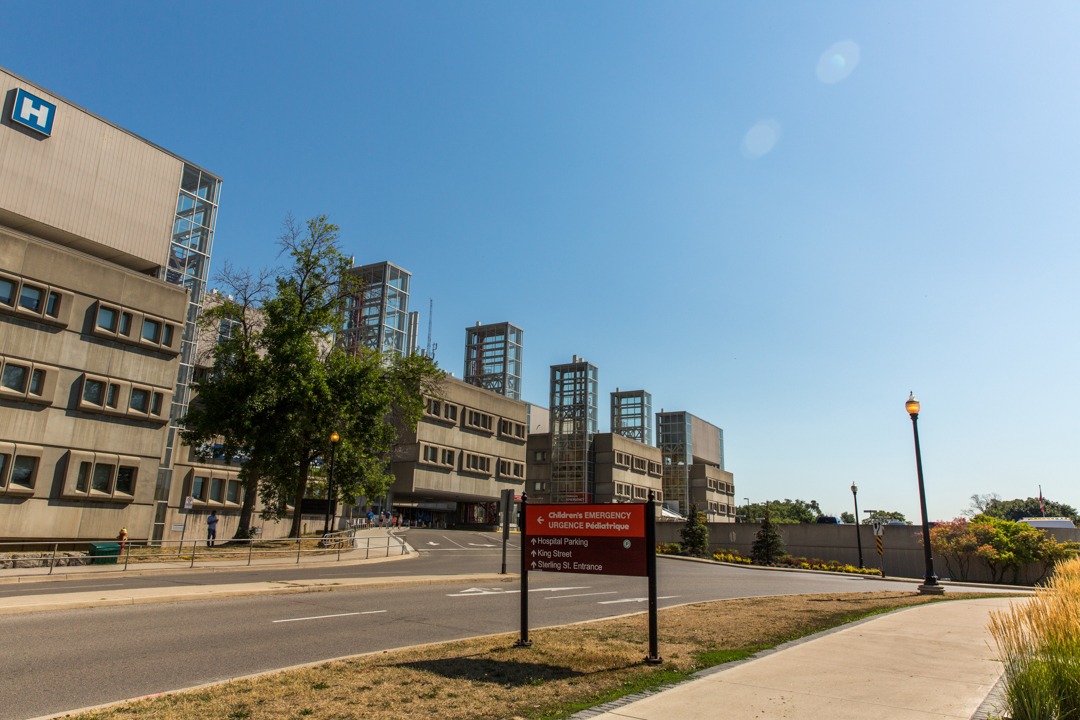
In July, the McMaster University Medical Centre opened
Leadership in Organizational DevelopmentSix months later, Dr. Hirsh joined the Centre. He became head of the hematology laboratory and director of McMaster’s thromboembolism program.
-
Dr. Jack Hirsh published “A Prospective study of the value of monitoring heparin treatment with the activated partial thromboplastin time” in the New England Journal of Medicine
BloodThis article set the internationals standard for heparin control of patients with venous thrombosis.
-
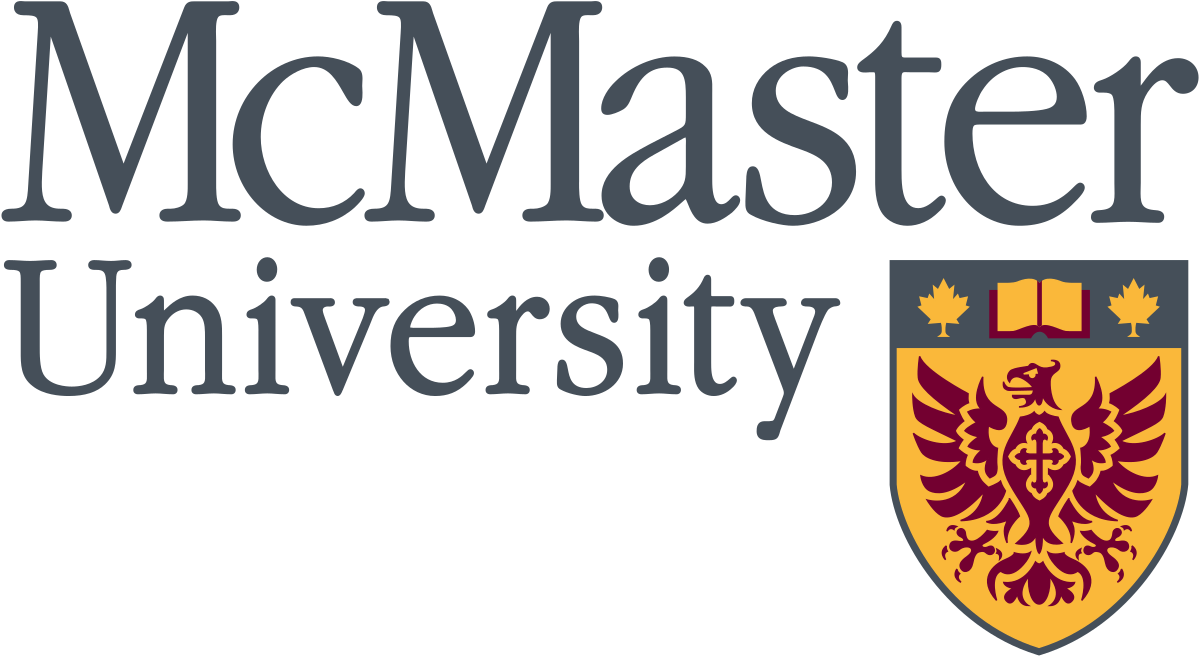
Dr. Hirsh returned to Canada to establish his career for the next 40 years
He moved to Hamilton, Ontario and began work at St. Joseph’s Hospital and joined McMaster’s Faculty of Medicine.
-
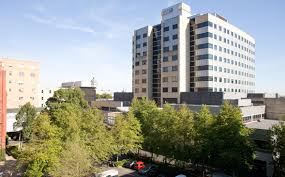
Dr. Hirsh returned to Australia and started work at St. Vincent’s Hospital in Melbourne
He ran a ward with 30 hematology patients and became to question to disconnect between new medical research and clinical practice.
-
The Ontario Heart Foundation established their Visiting Scientist Award
Hirsh was the award’s first recipient. He came to Canada to join Dr. Fraser Mustard at the University of Toronto.
-
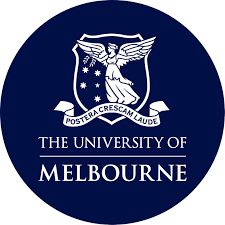
Jack Hirsh graduated from the University of Melbourne with his MD
He then went on to study hematology in the United States and England.
1962
If you don’t know how to do something, you learn how to do it.

